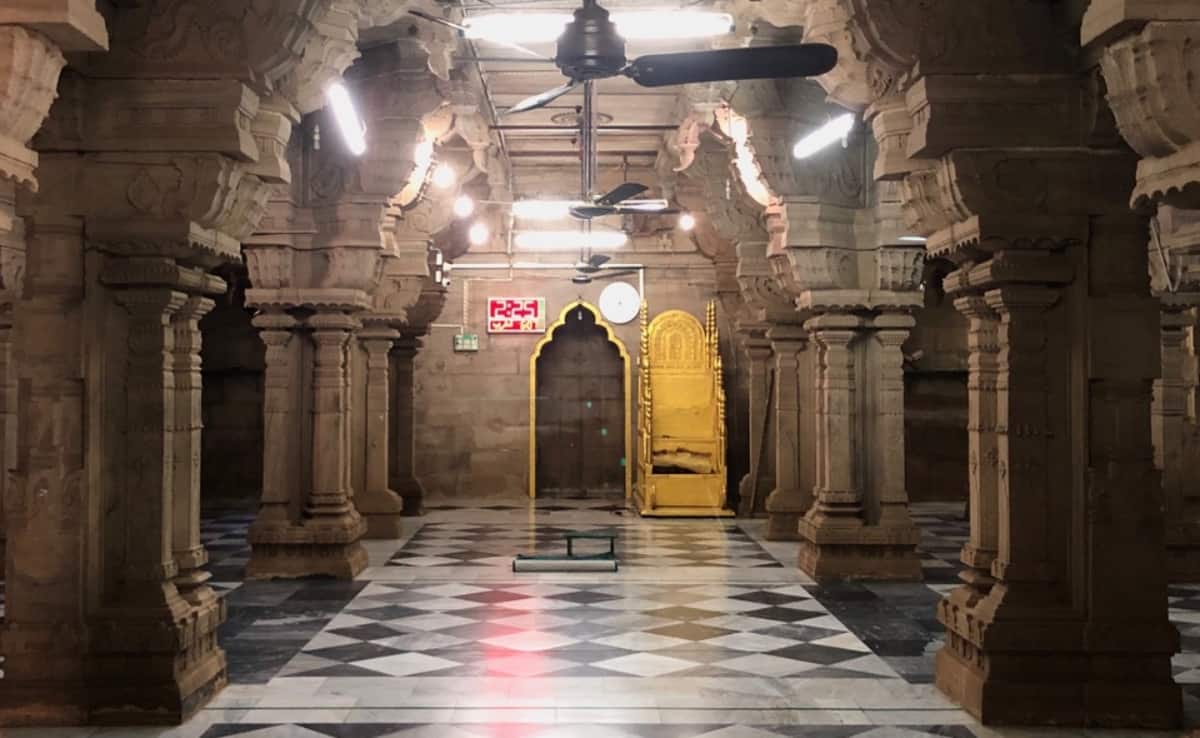
On the East Coast of India, around 560 km south of Chennai is a sleepy small town known as Kilakarai. Predominantly populated by the Indian Moors, a community of Arab, Tamil, Malay, and Sinhala ancestory, this nondescript town would have been a footnote in history, if not for its prized possession – a Dravidian Mosque.
The Kilakarai Juma Masjid is the crowning jewel of this ancient town, not only for its history but also for its unique architectural heritage.
Employing the regional Dravidian architectural style reserved for ancient South Indian temples, the builders of the mosque have left a magnificent testimony to the true harmony of faiths and cultures.
A symbol of devotion carved in stone, the edifice also speaks of the great workmanship of the local craftsmen.
Once a center for trade and commerce, Kilakarai attracted merchants and sailors from far and wide, many of whom settled down in the warm environs of the town.
History of the mosque:
One of those who made Kilakarai his home was a wealthy merchant Shaikh Abdul Qadir, who is believed to have commissioned the mosque.
Venerated as a saint and a philanthropist, not much is documented about the nobleman, who is fondly known as Seedi Qadir among the locals.

According to the Qadhi of Kilakarai, Dr. Kader Baksh Makhdoomi, Seedi Qadir built this grand mosque during the later half of the 17th century.
The local legend has it that the current structure was built in place of a more than a 1,000-year-old mosque.
The Qadhi says that Seedi Qadir was a high-ranking administrator of Bengal during the reign of Mughal Emperor Aurangzeb.

A generous builder, Seedi Qadir built several religious and secular structures on the East Coast, after settling down in the region. His contributions to the heritage of the region include the Ramnath Palace he built for the local raja in the nearby district capital of Ramanathapuram.
According to Dr. Makhdoomi, Seedi Qadir died in Kilakarai in the late 17th century and was buried on the premises of the Kilakarai Juma Masjid. His tomb is venerated and visited by the locals for blessings.



